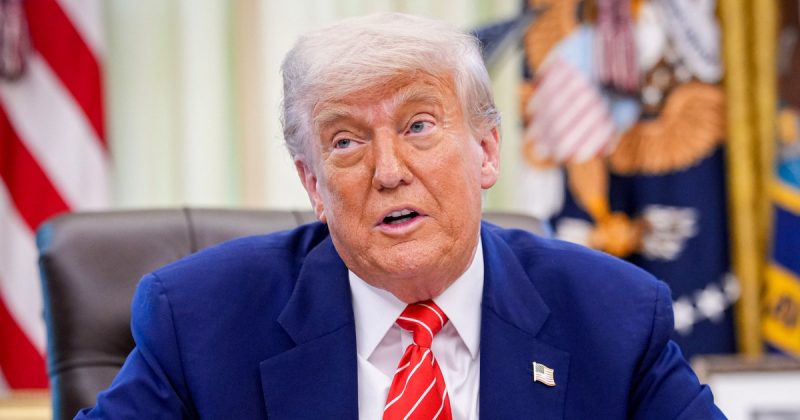
Former President Donald Trump’s Juneteenth statement eschewed formal commemoration, instead criticizing the number of non-working holidays in the United States. In a post on Truth Social, he claimed these holidays cost the country billions of dollars, without explicitly mentioning Juneteenth itself. This contrasted sharply with the actions of President Joe Biden, who celebrated the holiday at a historic Black church in Galveston, Texas. Biden’s visit served as a poignant counterpoint to Trump’s statement, highlighting the differing perspectives on the significance of Juneteenth and its place in the American calendar.
The stark contrast between the two presidents’ approaches underscored the ongoing debate surrounding Juneteenth’s significance. While Biden’s visit emphasized the historical importance of the day and its continuing relevance in the fight for racial justice, Trump’s comments focused on economic concerns. This divergence reflects a broader political divide on issues of race and national identity in the United States.
White House Press Secretary Karoline Leavitt confirmed that Trump had no plans to issue a Juneteenth proclamation, stating that it was a regular workday. This differed from Trump’s previous actions during his first term, where he had issued statements acknowledging Juneteenth before it became a federal holiday. His current stance, however, seems to represent a shift in his approach to the holiday.
Biden, on the other hand, used his Juneteenth appearance to underscore the importance of remembering and learning from the past. He specifically criticized attempts to erase or minimize the significance of American history, implicitly referencing Trump’s efforts to rename military bases that had been previously changed to remove Confederate references. Biden’s remarks highlighted the day’s significance as a celebration of freedom and a reminder of the ongoing struggle for racial equality.
The differing reactions to Juneteenth from Trump and Biden are likely to fuel further debate and underscore the deeply divisive political landscape of the United States. The contrasting approaches provide a clear illustration of how differing political ideologies can shape interpretations of historical events and their contemporary significance.









